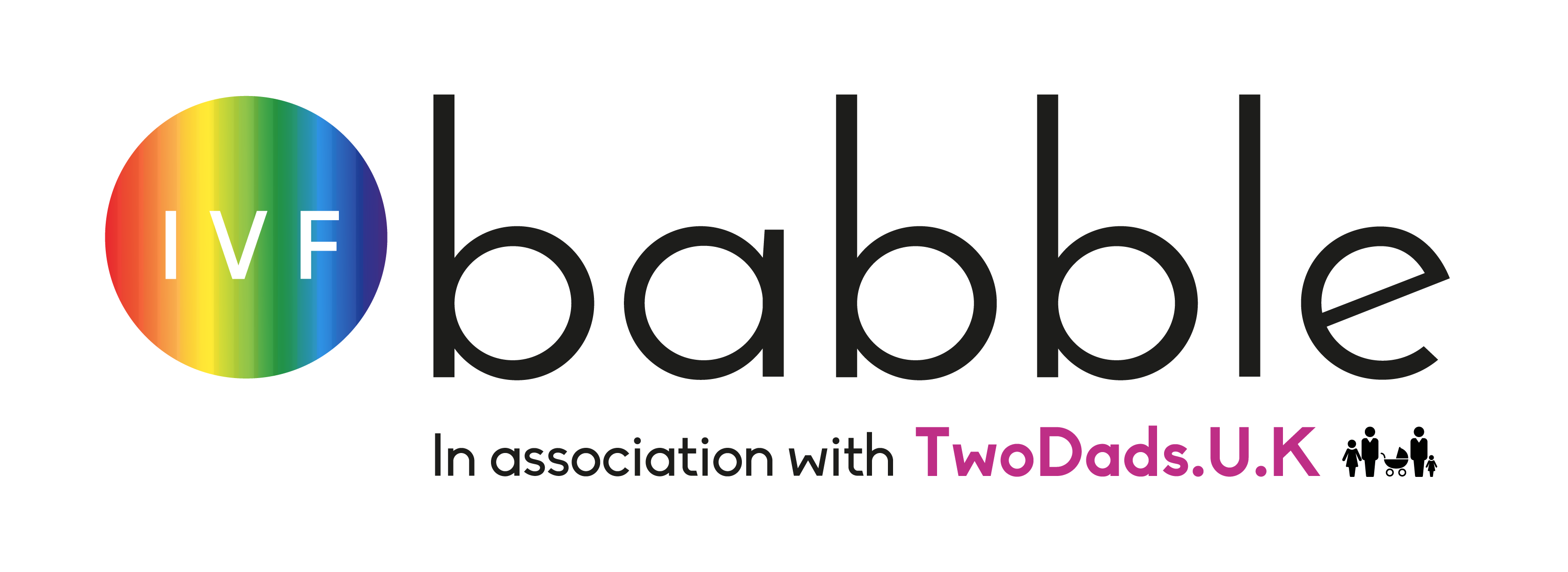This is where a woman acts as a surrogate to carry the pregnancy, but she is not genetically related to the baby.
The egg is from the prospective mother or a donor. The sperm could be from the father or a donor, too.
The intended parents can be traditional couples, male-male couples, female-female couples and single men and single women. It’s more complicated and more expensive than straight surrogacy.
Why choose this path?
For some intended parents, it allows them to have a genetically-related child. It could be because one partner has a medical condition that they do not want to pass on or they cannot carry the pregnancy. Some surrogates prefer this method as they may not be comfortable with using their own eggs for surrogacy.
How gestational surrogacy works
- A surrogate is chosen and screened to ensure a clean bill of health
- All parties involved sign a consent form to help avoid future problems
- The egg donor takes medication to stimulate multiple eggs and speed up growth
- The surrogate takes medications to help suppress her own menstrual cycle and prepare the uterus
- When ready, the eggs are retrieved and fertilised in the laboratory
- Embryos are then placed in the surrogate where they will hopefully implant
- The embryos are ‘fresh’ or defrosted from egg storage – for a fresh egg transfer the monthly cycles of the surrogate and the egg donor must be synchronized
- The surrogate delivers the baby
- The baby goes home with the intended parents








